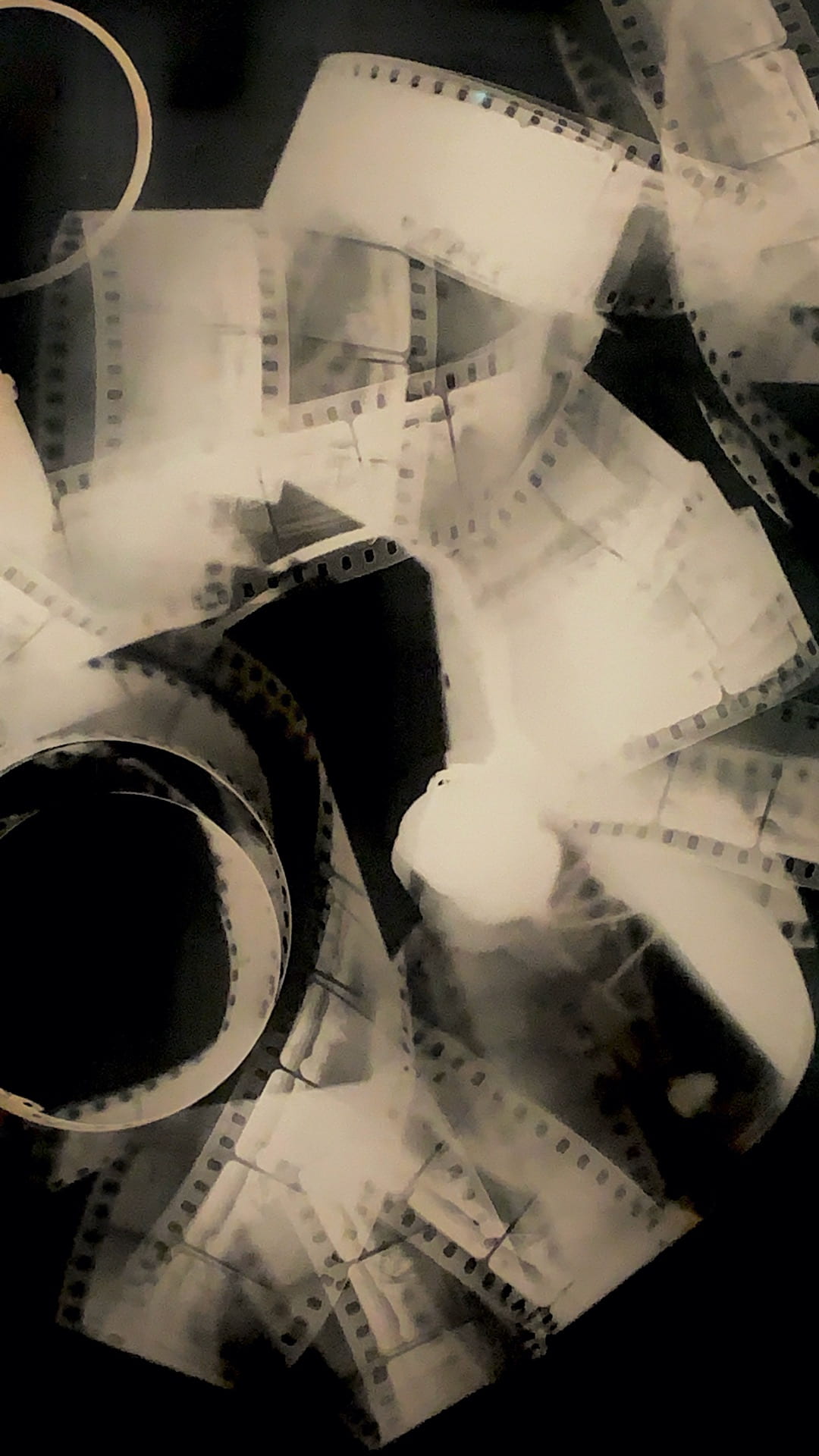The exhibit on the 5th floor was a beautiful one, even an emotional one. The exhibit features a set of galleries that “may be devoted to an artist, a specific medium or discipline, a particular place in a moment in time or a shared creative idea.These presentations are conceived by teams of curators from all fields and at all levels of seniority collaborating closely to share expertise and viewpoints.”
It was beautiful seeing what different curators prioritized. One particular gallery stood out to me, The Shape of Shape by Amy Sillman. It was so interesting to me how one can strip the art down to one of its most basic forms, and yet create an entire gallery out of it. The work was in a multitude of mediums such as photography, sculpture, installation, paintings highlighting to the viewer just how vast the possibilities of art are.
Another gallery I greatly appreciated was the Readymade in Paris and New York. Readymade art is a form of art that I greatly enjoy, I even believe that it’s the root of surrealism -the movement that inspires me on the daily-. Viewing the works of Man Ray and Duchamp side by side created an overwhelming surge of happiness for me, that I greatly appreciated. Naturally, the Surrealist Objects gallery had the same effect on me.
Despite the beauty of the show, it has raised to me some major questions. One piece in particular, The New Office in the Design for Modern Life gallery left me in a state of wondering. When I first viewed this piece, I observed it as a whole, an office space minimally decorate with a pop of color in a centered poster that reflected an excerpt from the film Entuziazm by Dziga Vertoz. However, after reading the description I realized that it was in fact a series of works by a multitude of artists that a curator made the conscious decision to place them together.
Was the curator allowed to strip these pieces away from their individual interpretations? Should the curator be given the permission to intervene in the delivery of the artwork? Should the artists have a role in the curation of the work? Did the artists deaths give the curator the authority to meddle with the interpretation presented to the museum’s viewers? In this exhibit -in fact, in most exhibitions- a curator’s decision can fully alter what is conveyed to the viewer, leaving the artists with no authority or ownership of their own work. Is that how it’s supposed to be?
